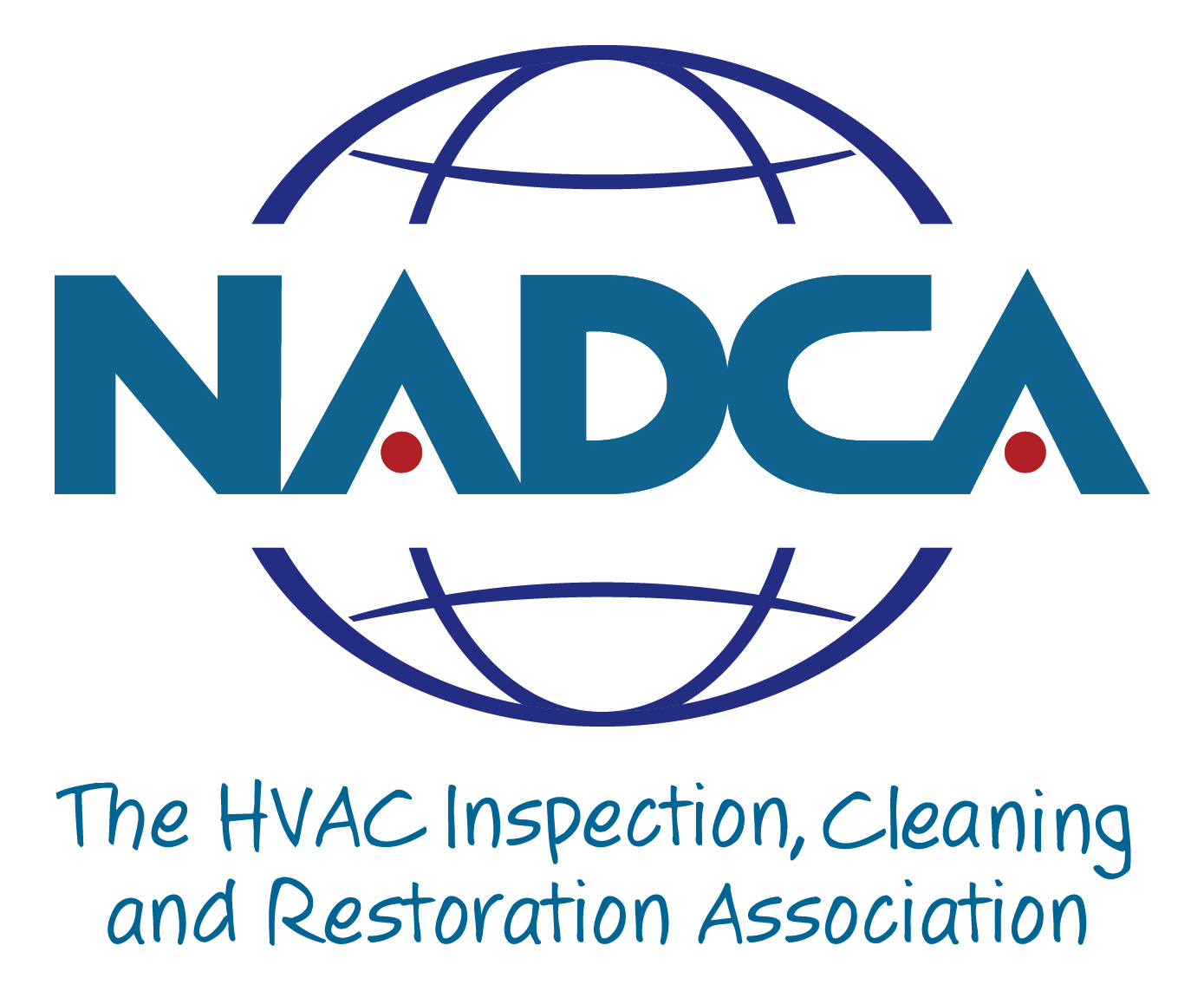UVC Disinfection Light Installation Commercial and Industrial Grade

Air disinfection is vital for industrial sites, commercial buildings and occupied areas. UVC sanitation lights provide continuous, 24/7 disinfection of air as it passes through HVAC systems, vents, ducts and coils. This series includes UV air sanitizers for occupied areas and temporary sites. Our solution uses powerful UV-C lamps to eliminate up to 99.99% of bacteria, viruses, mold, spores, fungi and other harmful microbes. These low-maintenance units offer stainless steel construction for durability in humid and dark environments. Unlike traditional cleaning methods that use liquids with harsh odors, UV disinfection is easy to implement.

To cater to different HVAC system sizes, we offer UV sanitation lights with multiple lamp configurations and mounting dimensions. Installed inside ducts, people in the surrounding area are never exposed to the UV rays. This completely reduces exposure-related risks and allows in-duct UV sanitation lights to be deployed in occupied areas, such as offices, lobbies, labs, mass transit stations and large buildings. The lamps reduce the presence of microorganisms responsible for seasonal allergies and sicknesses, including the flu. These UV-C lights also deter buildup in ducts, which decreases maintenance and equipment degradation.

UV light consists of three primary wavelength ranges: long-wave UV-A (315 nm to 400 nm),medium-wave UV-B (280 nm to 315 nm) and short-wave UV-C (200 nm to 100 nm), as defined in ISO-21348 Standard. In outdoor environments, UV-C is completely absorbed by the ozone layer of the Earth’s atmosphere. This UV range is known as the germicidal range due to its ability to deactivate viruses and bacteria (UV-A and UV-B do not have the capabilities – because of this.

UV-C light can be generated by artificial light sources, such as mercury vapor and fluorescent lamps. This technological advancement ushered the mainstream application of UV radiation for disinfection, allowing UV-C light to be used in buildings.During sanitation, UV-C light in large, concentrated doses causes RNA and DNA mutations in microbes during absorption. The ideal wavelength for peak absorptivity occurs at a wavelength of 254 nm to 262 nm. According to a 2012 study published in US National Library of Medicine National Institutes of Health, UV-C treatment has the following devastating effects on microbes:“The light-induced damage to the DNA and RNA of a microorganism often results from the dimerization of pyrimidine molecules. In particular, thymine (which is only found only in DNA)produces cyclobutane dimers. When thymine molecules are dimerized, it becomes very difficult for the nucleic acids to replicate and if replication does occur it often produces a defect that prevents the microorganism from being viable.” It should be emphasized that when enough thymine dimers are made in the cell, DNA replicated in cell mitosis ceases.
This deactivation mechanism is also applicable to viruses that only have RNA. Photo-chemical dimerization reaction takes place between two uracil bases. UV sanitation of an area is considered successful when the virus or bacteria is deactivated and reproductive capabilities are significantly reduced or stopped. Such objectives prevent the microbe from spreading and decreases the rate of infection for harmful viruses or bacteria. Email or call for more information.